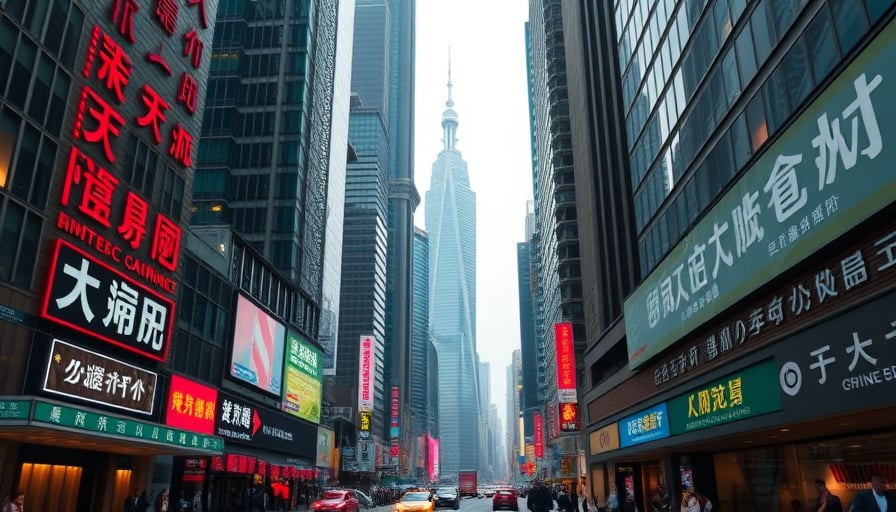Keikyu Corporation, a prominent player in the industrials sector, has been making significant strides in the ground transportation industry. As of November 13, 2025, the company’s stock closed at 1519 JPY on the Tokyo Stock Exchange, reflecting a robust performance in a competitive market. This figure is particularly noteworthy when considering the company’s 52-week high of 1624 JPY, achieved on August 7, 2025, and its 52-week low of 1219.5 JPY, recorded on November 21, 2024. These fluctuations underscore the dynamic nature of the market and Keikyu’s resilience in navigating these changes.
Keikyu Corporation is renowned for its comprehensive rail and bus mass transit services, which serve the bustling regions of Tokyo, Yokohama, and the Miura Peninsula. The company’s commitment to enhancing urban mobility is evident in its continuous efforts to improve service efficiency and passenger experience. This dedication not only bolsters its reputation as a reliable transportation provider but also contributes significantly to the economic vitality of the areas it serves.
Beyond its core transportation services, Keikyu Corporation has diversified its portfolio to include a variety of non-transportation interests. These ventures encompass real estate development, hotel operation, leisure facilities, and the management of a supermarket chain strategically located near its railway system. This diversification strategy not only mitigates risks associated with the transportation sector but also capitalizes on the synergies between its transit services and real estate developments. By integrating these businesses, Keikyu enhances the convenience and appeal of its transit hubs, thereby attracting more passengers and fostering community development.
The company’s real estate projects, in particular, have been a focal point of its growth strategy. By developing properties in prime locations adjacent to its rail lines, Keikyu creates vibrant, mixed-use communities that cater to the needs of residents and businesses alike. These developments often include residential units, office spaces, retail outlets, and recreational facilities, all designed to maximize the utility and accessibility of the surrounding transit infrastructure.
Keikyu’s hotel operations further complement its transportation services by providing convenient accommodation options for travelers and tourists. These hotels are strategically located near major transit stations, offering easy access to the city’s attractions and business districts. This integration of services not only enhances the travel experience but also strengthens Keikyu’s position as a comprehensive provider of urban mobility solutions.
In the realm of leisure, Keikyu Corporation has invested in facilities that cater to a wide range of interests, from shopping and dining to entertainment and relaxation. These leisure facilities are often situated in areas with high foot traffic, leveraging the company’s extensive transit network to draw in visitors. By offering diverse leisure options, Keikyu not only boosts its revenue streams but also enriches the cultural and recreational landscape of the regions it serves.
The supermarket chain operated by Keikyu Corporation is another testament to its strategic vision. By situating these supermarkets near its railway stations, the company ensures that passengers have convenient access to essential goods and services. This proximity not only enhances the convenience of daily commutes but also drives foot traffic to the stores, creating a symbiotic relationship between Keikyu’s transportation and retail operations.
In conclusion, Keikyu Corporation’s multifaceted approach to business, encompassing both transportation and non-transportation interests, positions it as a leader in the industrials sector. Its ability to adapt to market fluctuations, coupled with its strategic diversification, underscores its resilience and forward-thinking ethos. As Keikyu continues to expand its services and ventures, it remains committed to enhancing urban mobility and contributing to the sustainable development of the communities it serves.




